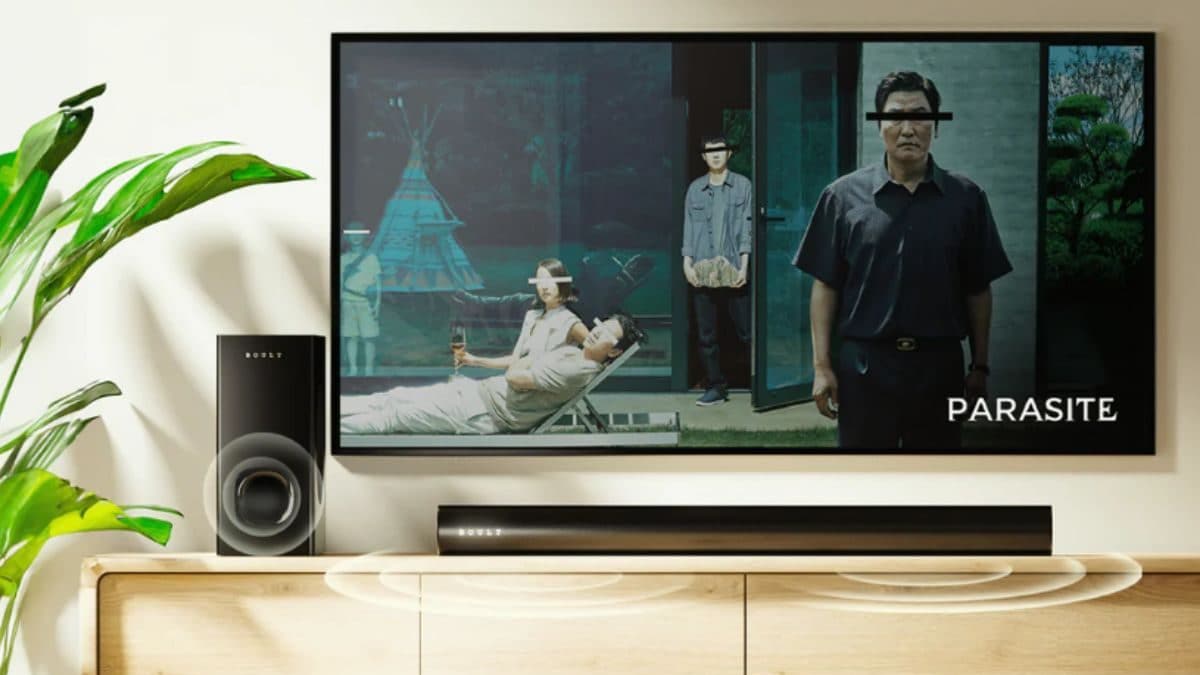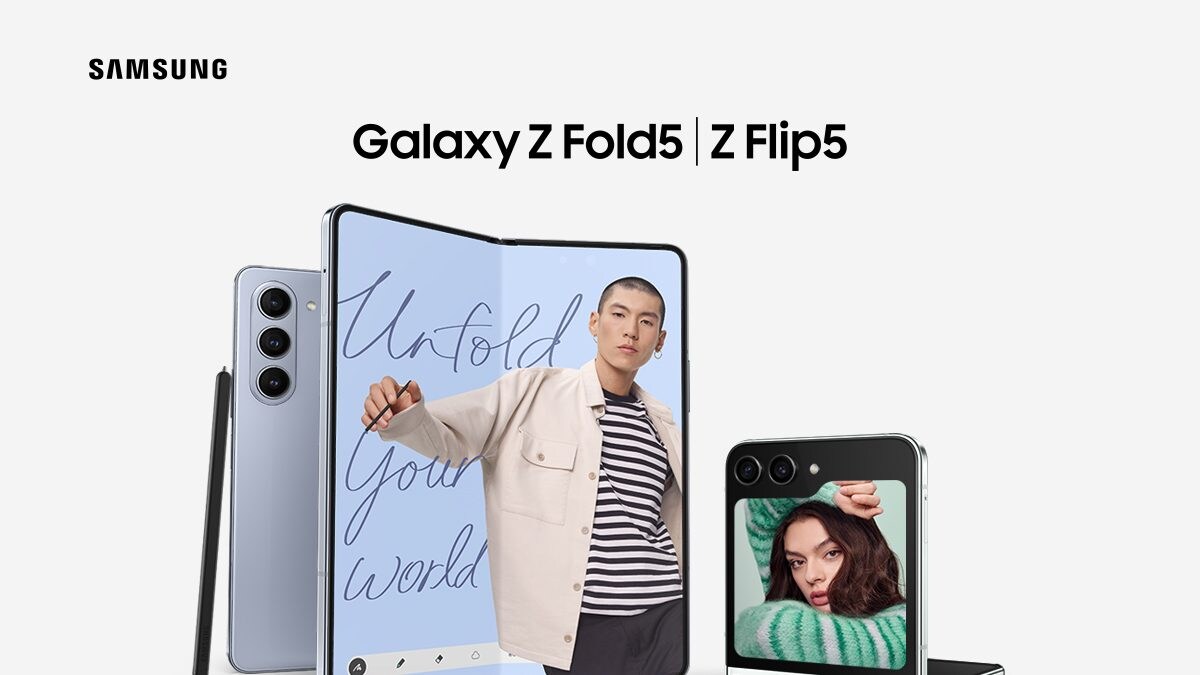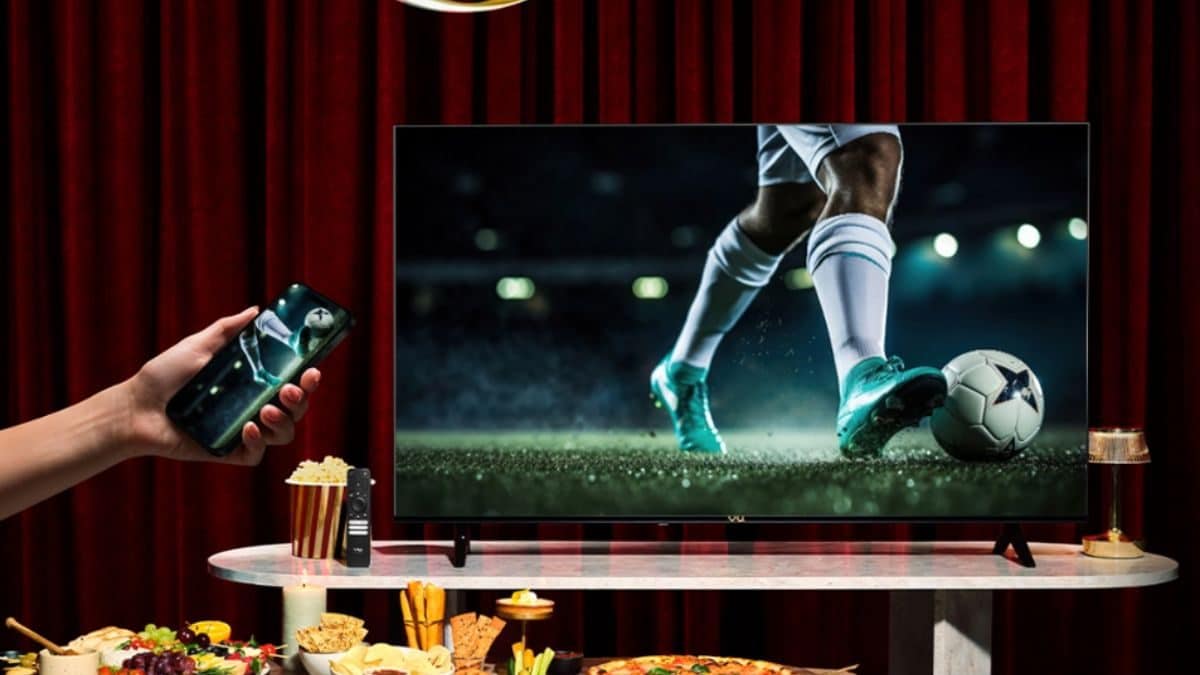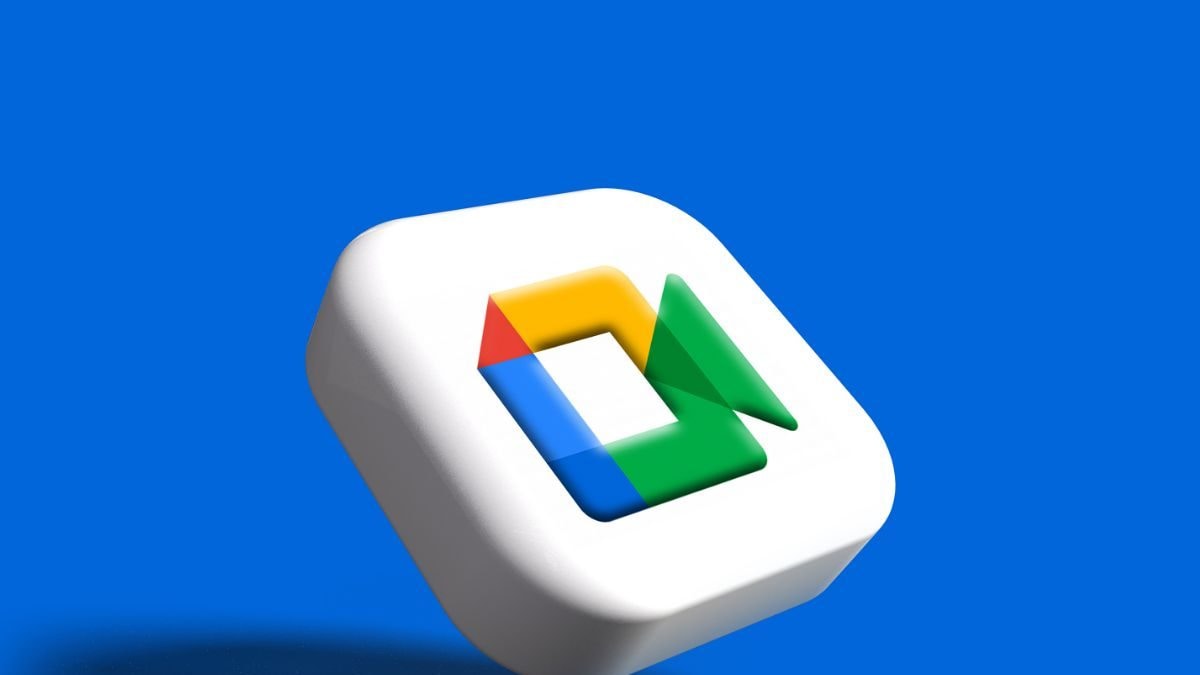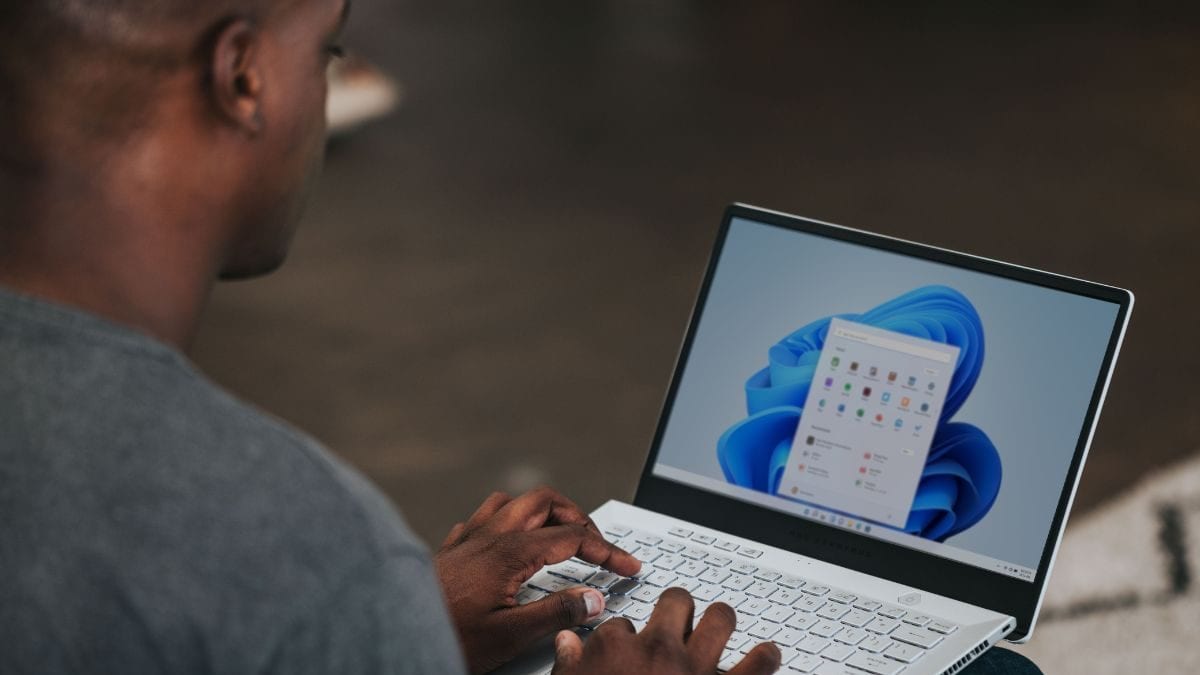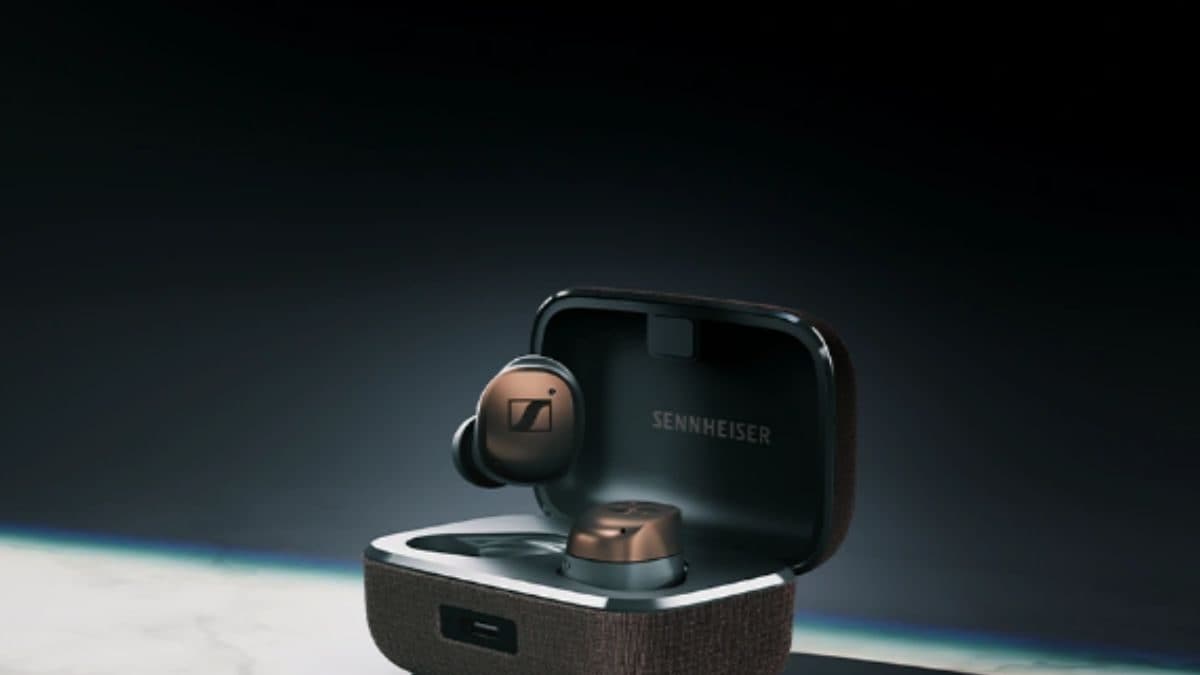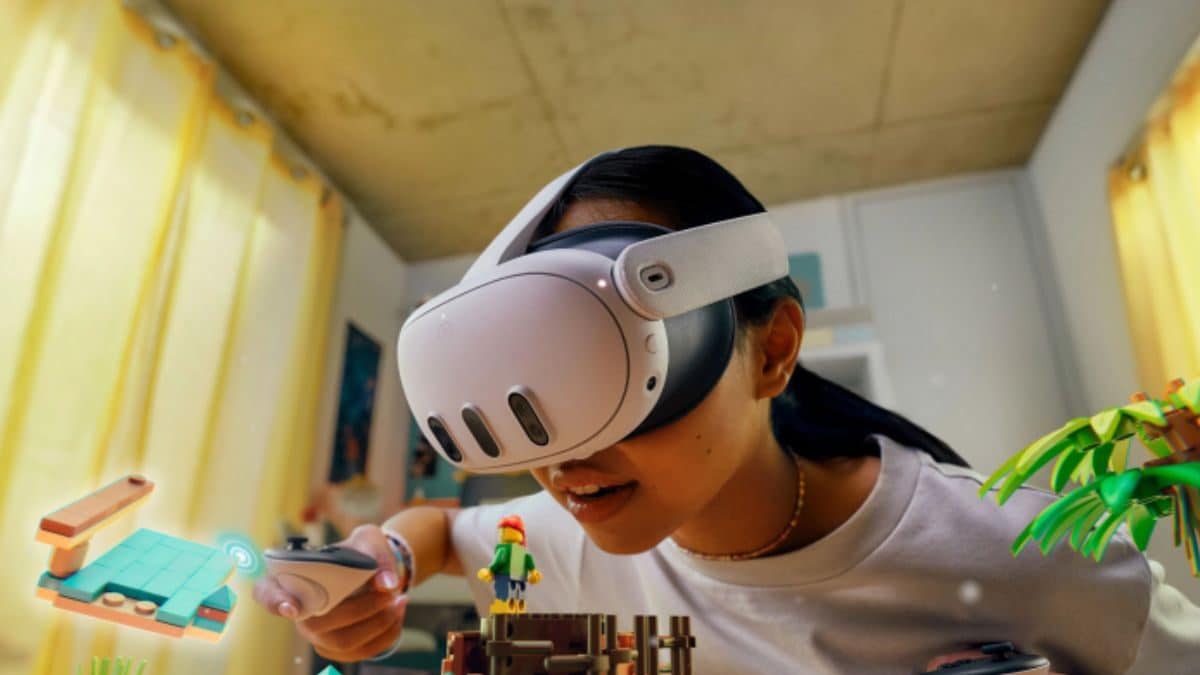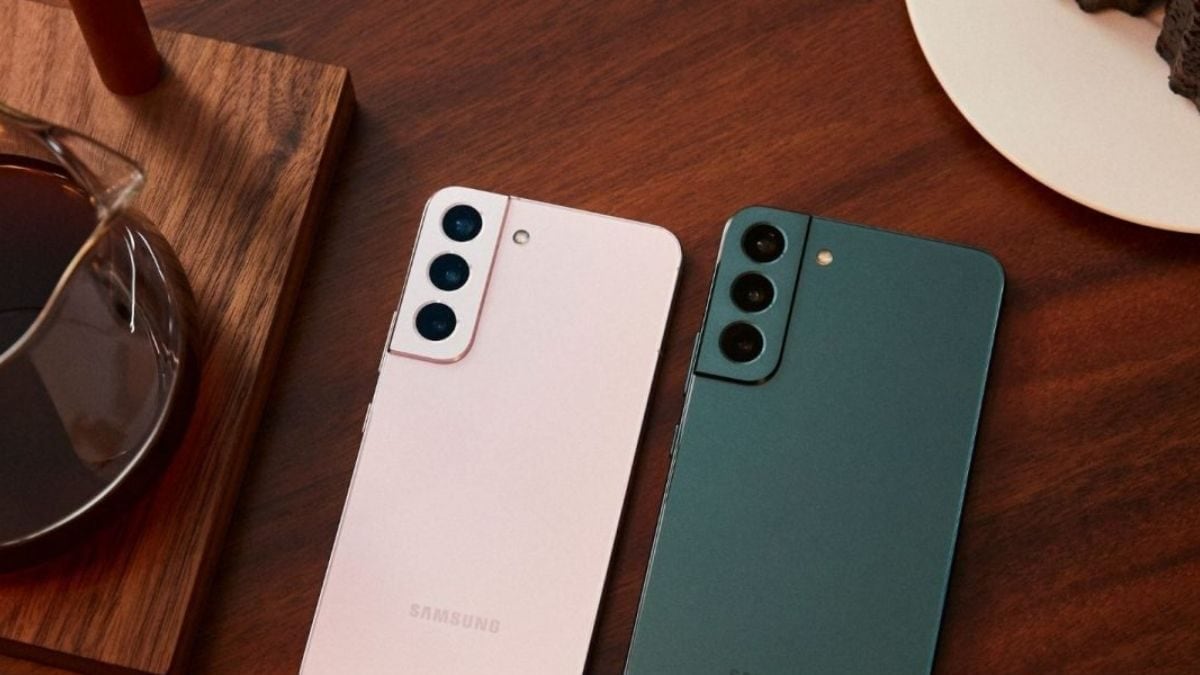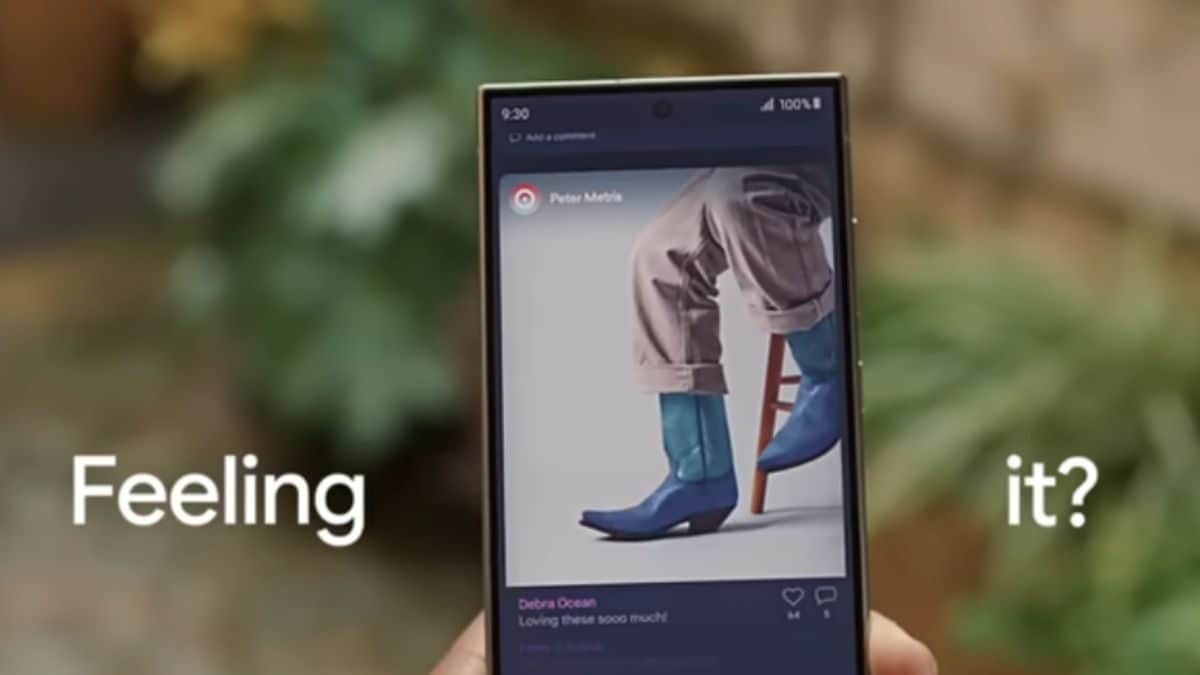Lava Blaze Curve 5G Review: The sub-Rs 20,000 segment in the Android phone world can be a bit, well, dull. It’s a land of practicality over excitement, where flashy features often give way to value and reliability. Lately though, things have been changing, with some manufacturers resorting to cut corners—subpar software riddled with ads, or unreliable hardware that crumbles under pressure.
Enter Lava, with the Blaze Curve 5G. It manages to be both novel and well-rounded, a rare sight in this price range. After a week of testing, I can confidently say it’s a strong contender, especially considering it’s a homegrown brand. But no phone is perfect, so let’s see if the Blaze Curve’s niggles become dealbreakers.
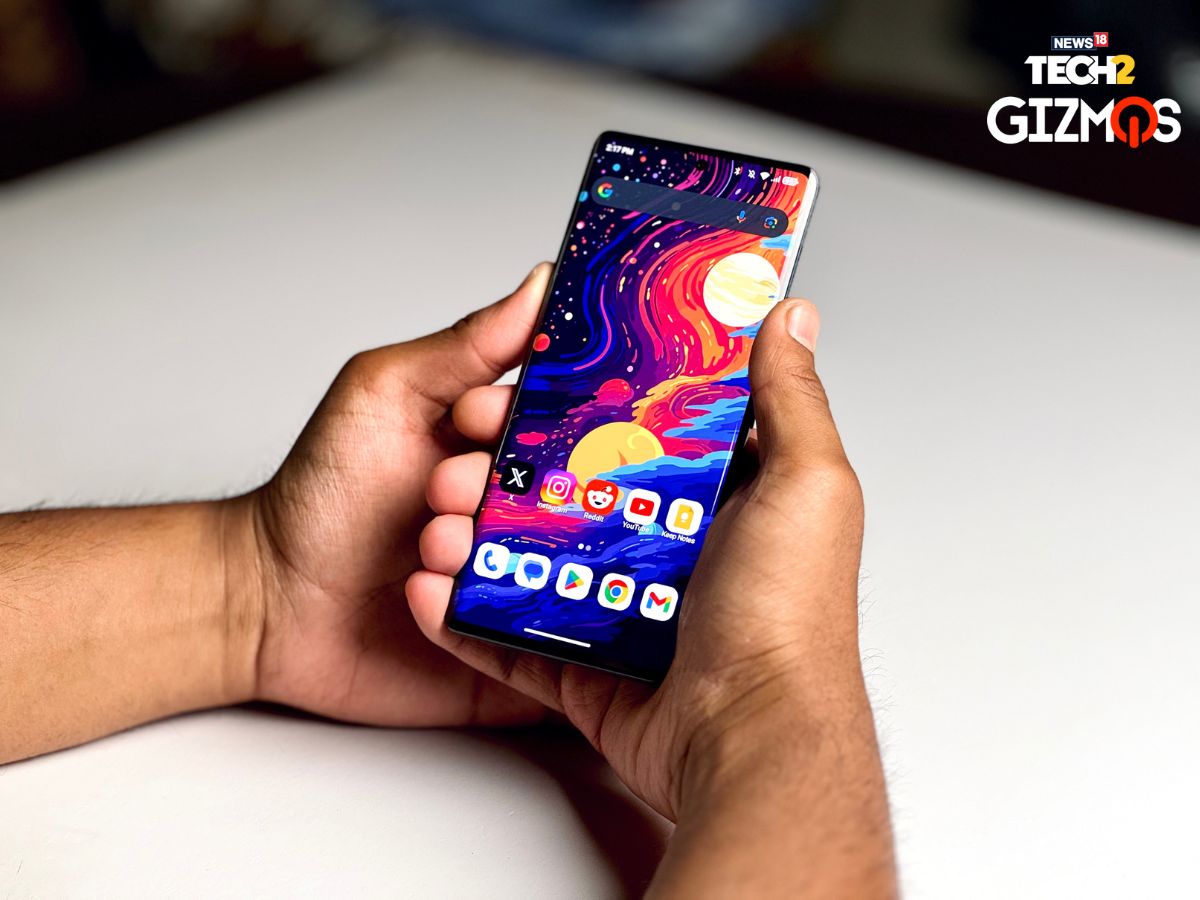
Design and Display: Refreshing and Easy on the Eyes
From the unboxing to this very moment, the Blaze Curve’s design has impressed me. It looks and feels downright premium, even compared to phones costing a bit more. This can be attributed to two key things: the gorgeous curved AMOLED display, a first in this segment according to Lava, and the matte-finish back glass. Holding it instills a sense of quality that surpasses its Rs 17,999 price tag. The weight distribution is also excellent, avoiding any top-heaviness. I’m happy with Lava for choosing a subtle and minimalist approach with the finish and colours, a refreshing change from the usual flashy finishes plaguing this segment. It’s easy on the eyes and exudes a mature vibe.
The AMOLED display itself is punchy and vibrant, exactly what most users crave. Sure, it might not be the most colour-accurate panel out there, but let’s be honest—how many buyers in this range are editing professional photos or videos? Probably not many. In this segment, the priority is a visually appealing panel that caters to the masses, and the Blaze Curve excels in that regard.
However, the curved design does have a minor drawback—the occasional accidental touch registration on the edges. Hopefully, a software update can address this. Another area for improvement is peak brightness under direct sunlight. While usable, some competitors in this price range perform slightly better.
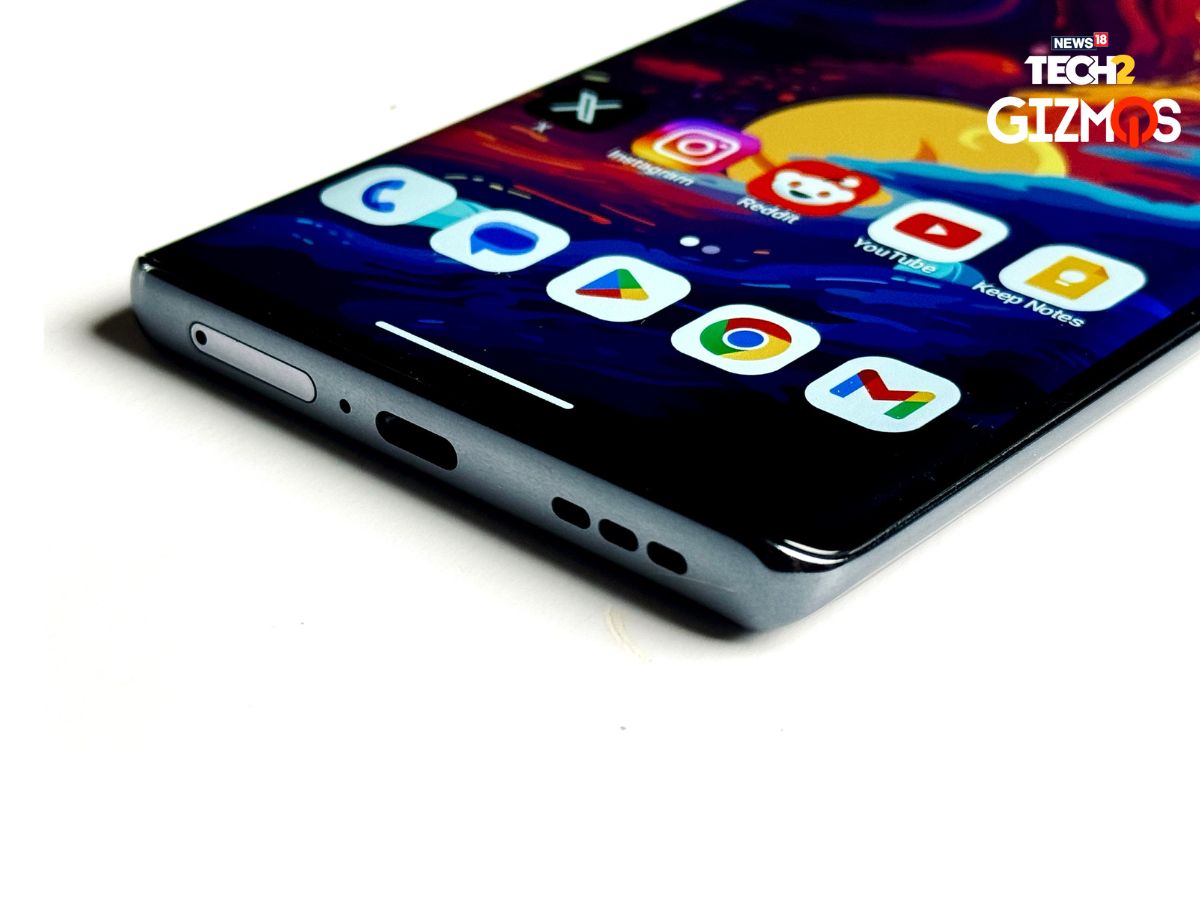
On the flip side, including a curved screen at this price point is a bold move. Finding screen protectors might be a challenge (and it doesn’t come with one in the box), but it offers budget-conscious buyers a taste of technology previously reserved for flagships. It’s a cool addition that doesn’t sacrifice functionality.
Performance, Connectivity, and the Little Things
The Lava Blaze Curve packs the tried-and-tested MediaTek Dimensity 7050 chipset, paired with 8GB of RAM and up to 256GB of storage. This is the same 6nm SoC found in many other phones in this range, including Lava’s own flagship, the Agni 2. During everyday use, the phone remained smooth and responsive, handling web browsing, social media, and even some light gaming with ease.
While benchmark scores don’t tell the whole story, the Blaze Curve puts up respectable numbers with 2598 and 1079 in Geekbench 6’s multi-core and single-core tests, respectively. It consistently scores above 550,000 points in AnTuTu. Take these numbers with a grain of salt, but you can comfortably play games like BGMI on medium settings. However, expect some occasional frame drops due to throttling during extended gaming sessions.

What truly sets the Blaze Curve apart is its software experience. It runs a clean and bloatware-free version of Android 13, sticking with Google’s familiar interface but adding some useful features. This is perhaps the most premium aspect of the phone–it doesn’t feel like a budget device at all, and when you couple that with the smooth 120Hz refresh rate, it just another cherry on the cake. However, there are a few minor bugs present, especially while using apps like YouTube and Instagram but hopefully, a future update will address them.
While the software update schedule isn’t ideal (Android 14 update expected in June with two years of total updates, meaning it will only reach Android 15), Lava could have launched the phone with Android 14 pre-installed.
Connectivity is another strong point. I tested the Blaze Curve with a Jio 5G SIM card and experienced excellent cellular reception with consistent 5G connection and decent speeds. Switching to Vodafone worked seamlessly as well.
One minor caveat is the haptic feedback, which isn’t the strongest. If you’re expecting top-tier haptics like OnePlus’ O-Haptics, you might be disappointed. However, considering the price point, it’s a fair trade-off.
Finally, let’s talk about durability. I pushed the Blaze Curve without a screen protector, and it emerged unscathed. The Gorilla Glass 3 front seems tough, with no scratches despite rough use. However, the plastic sides might be susceptible to damage from hard cases, or use the one supplied in the box.
Camera: Hits and Misses
The Blaze Curve 5G sports a triple camera system: a 64MP main sensor, an 8MP ultrawide, and a macro lens. In good lighting, it captures decent photos, but inconsistencies hold it back from being called a reliable shooter. Software updates could address some issues, like chromatic aberration causing purple fringing, particularly on the ultrawide lens. This might not be a dealbreaker for casual users—but zooming in reveals a loss of detail.
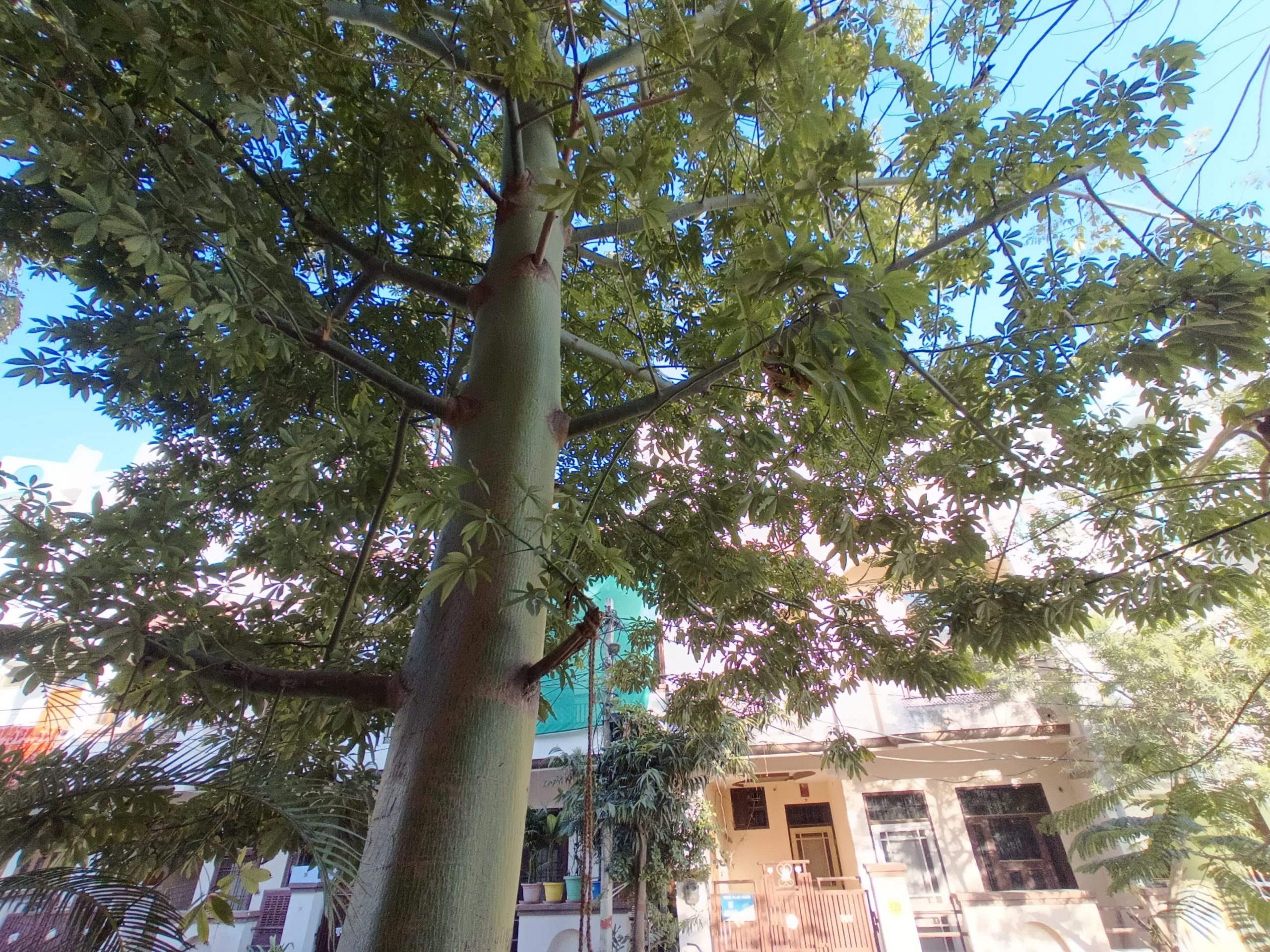
While low-light performance is unsurprisingly average for the price range, the phone does a good job with close-ups and portraits, maintaining accurate skin tones with good edge detection. The macro lens is a welcome addition, though integrating it within the ultrawide lens, like some competitors, could have been a better approach, I would say. The front facing camera, on the other hand, does an excellent job at capturing details, and maintaining an accurate skin tone. Good job here, I would say.
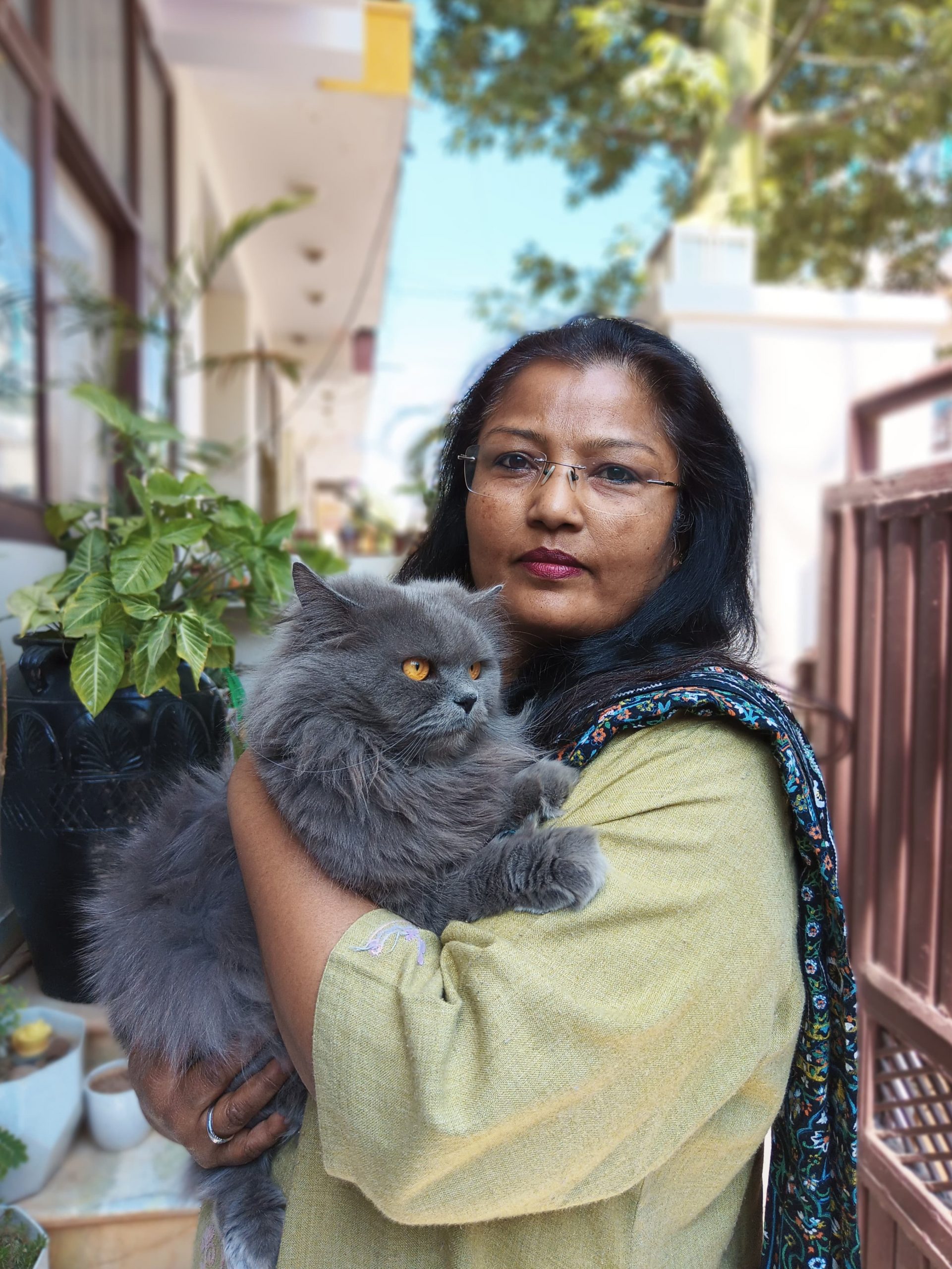
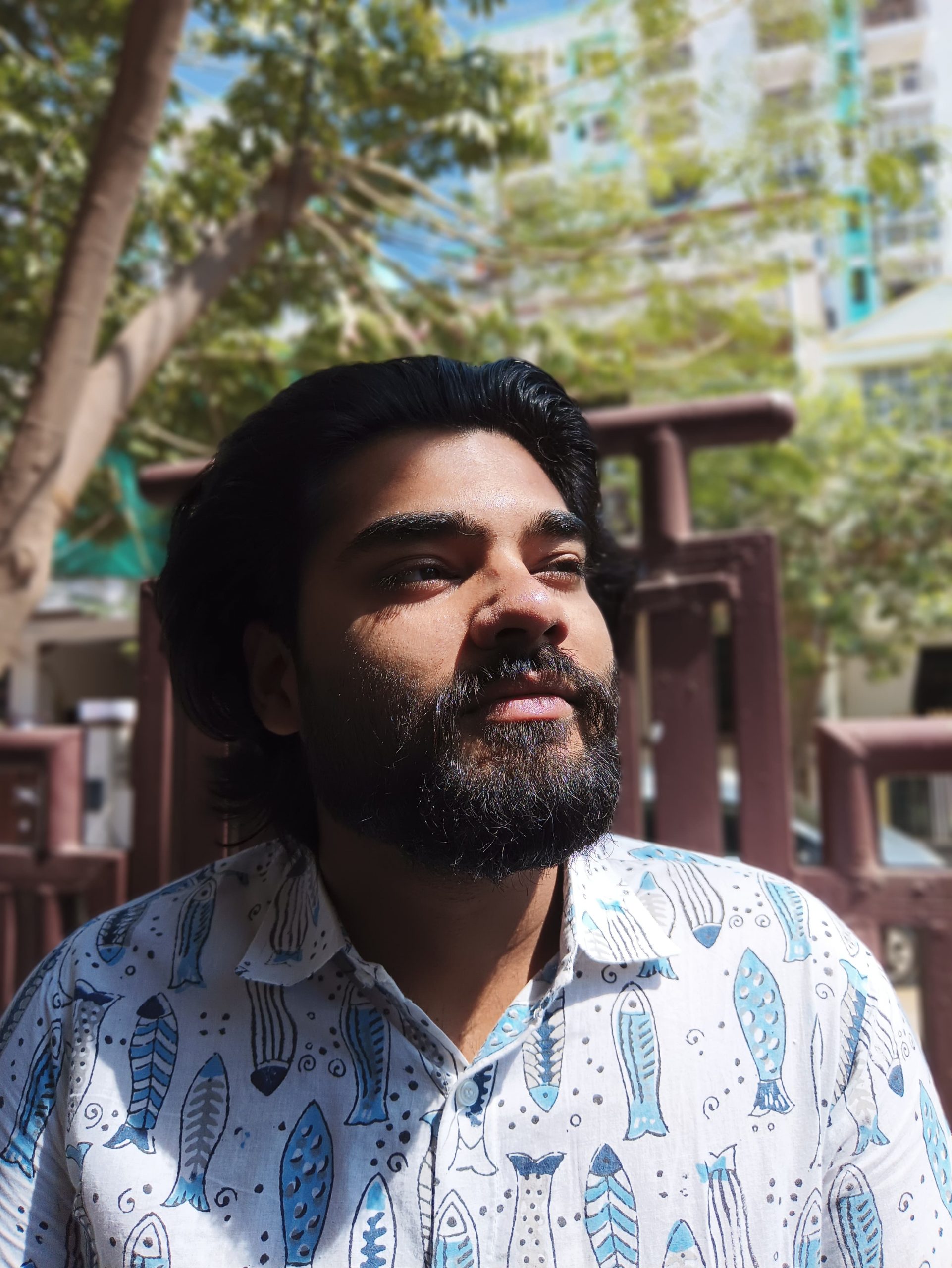

Overall image quality can be improved with software tweaks. Colour consistency across sensors needs work, and the colour science could benefit from a more natural look. In some cases, skies appear in mismatched shades of blue, and a slight magenta tint could be adjusted. There’s room for improvement, but software updates could elevate the camera experience from B- to A-.
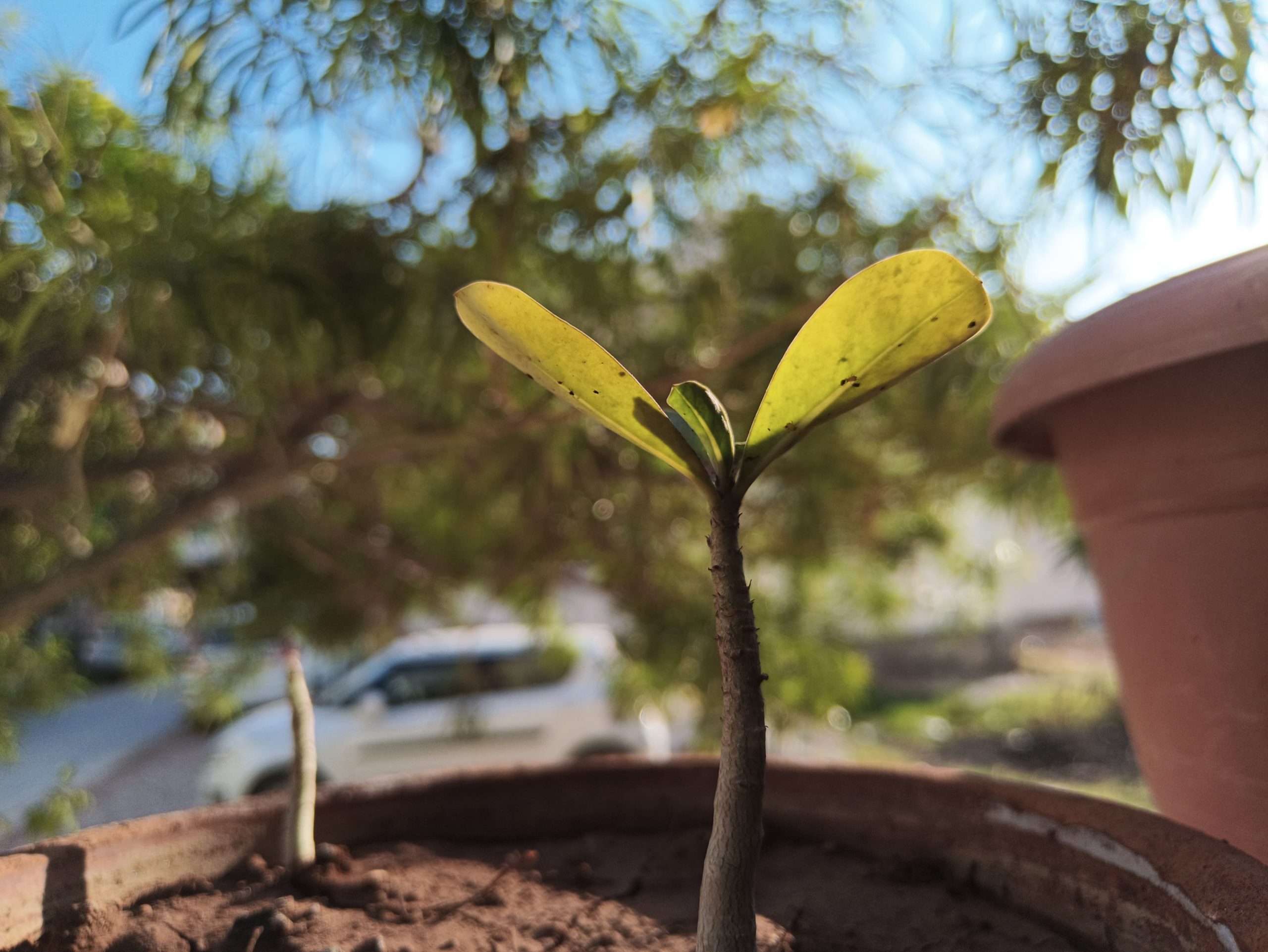
Here are some more camera samples for you to judge the image quality from both the back and front facing cameras:
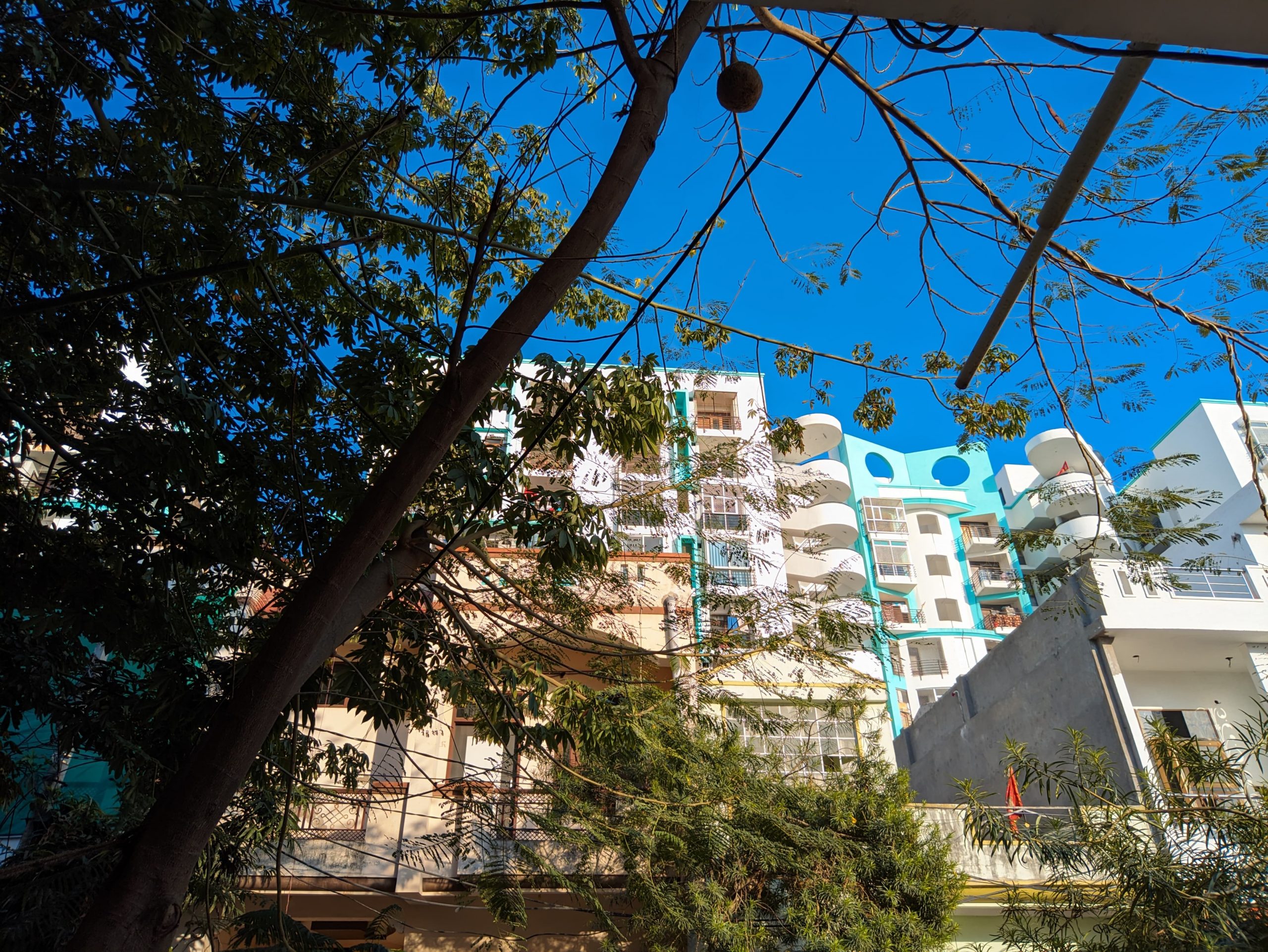

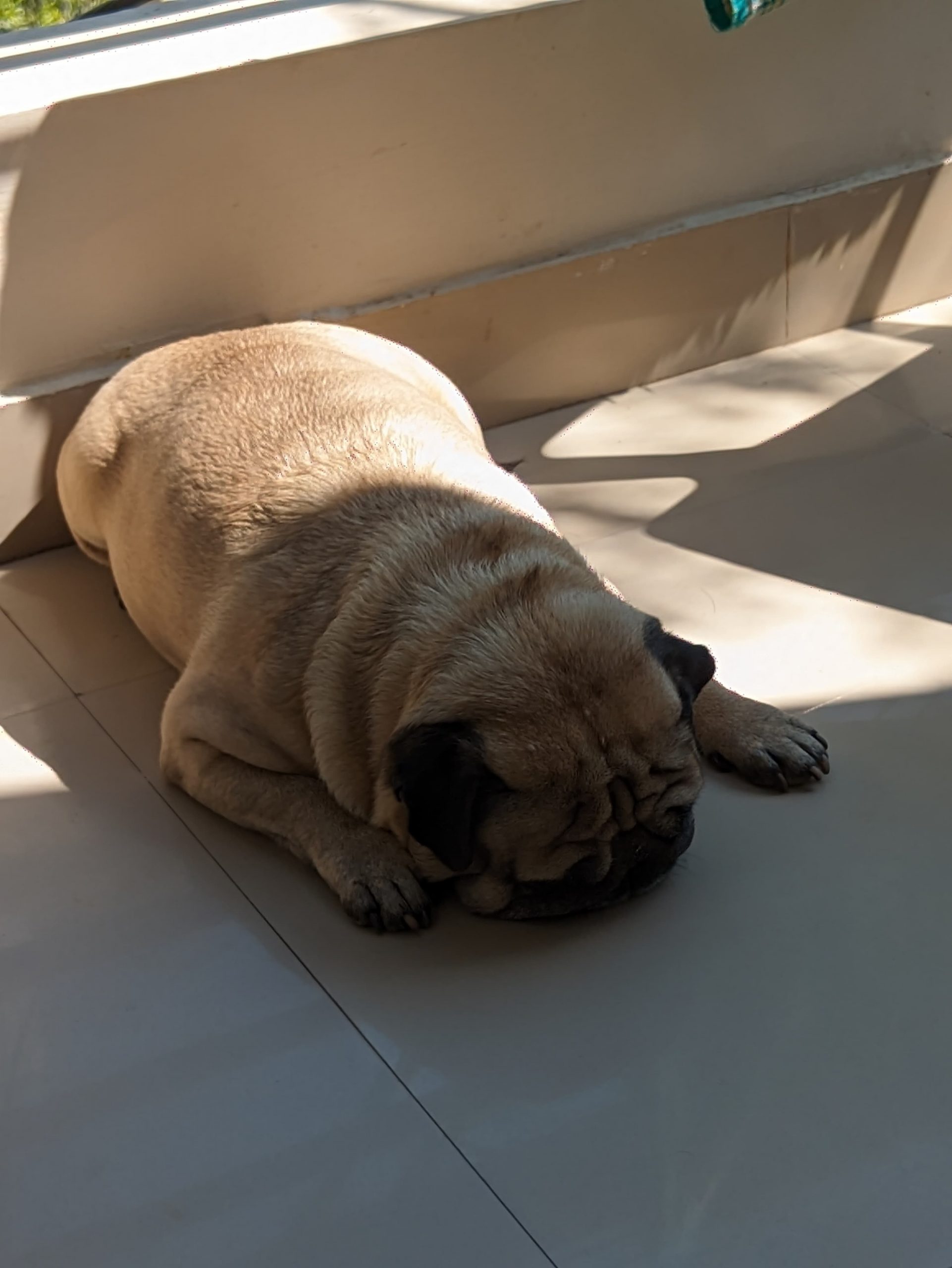
Battery Life: A Two-Day Phone For Most People
Simply put, battery anxiety won’t plague you with the Blaze Curve. Even with mixed usage—camera testing, light gaming, social media browsing, and moderate calling—it consistently ends the day with around 30-35% remaining, making it a true two-day phone for most users.
The included 33W fast charger efficiently tops up the 5,000mAh battery in roughly an hour. The phone comes with a USB-C to USB-C cable, which is a welcome move as well considering how cars and other accessories are widely moving past the USB-A port type.
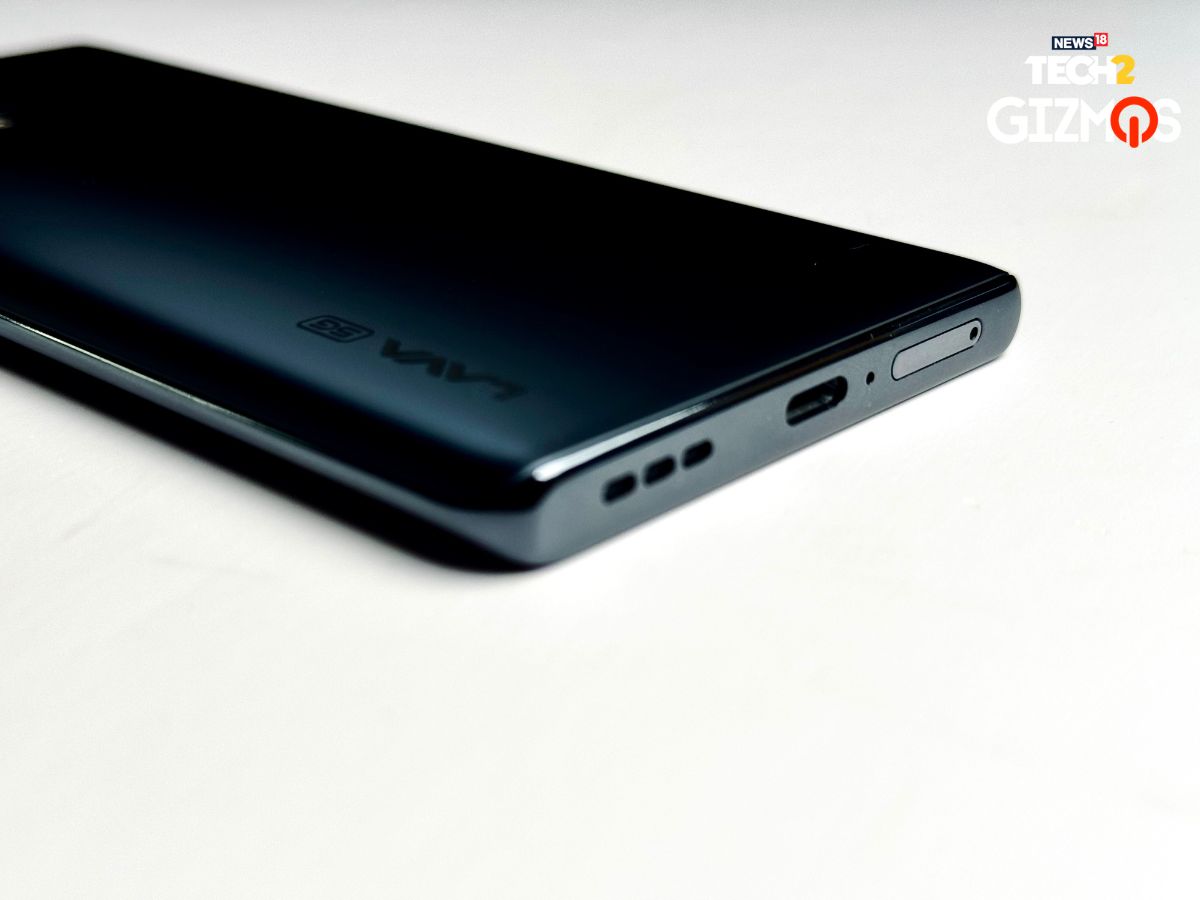
Verdict: A Refreshing Contender in the Sub-20k Segment
While some might suspect bias towards local brands, the Lava Blaze Curve 5G stands out on its own merit. It punches above its weight class, offering a premium design that rivals even some pricier phones. The 8GB+128GB model at Rs 17,999 is a compelling choice, but for just Rs 1,000 more, the 8GB+256GB variant offers excellent value considering the lack of expandable storage.
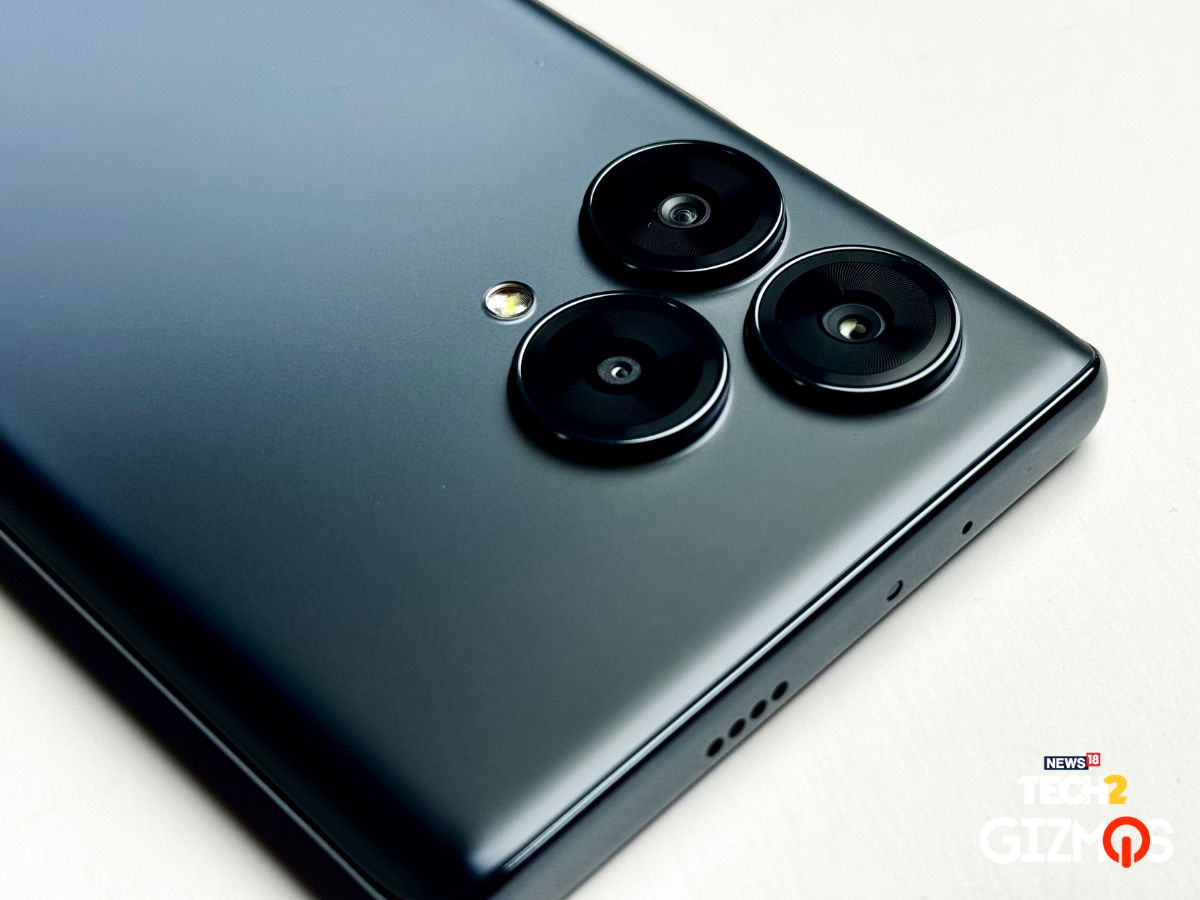
That said, if you’re looking for a beautiful-looking phone with a premium feel, clean software, and long battery life, the Lava Blaze Curve 5G is a great option, especially for the price. While the camera has room for improvement, it’s sufficient for everyday use. Budget-conscious users who prioritise design and software experience will find a lot to love here.

 1 month ago
1 month ago
